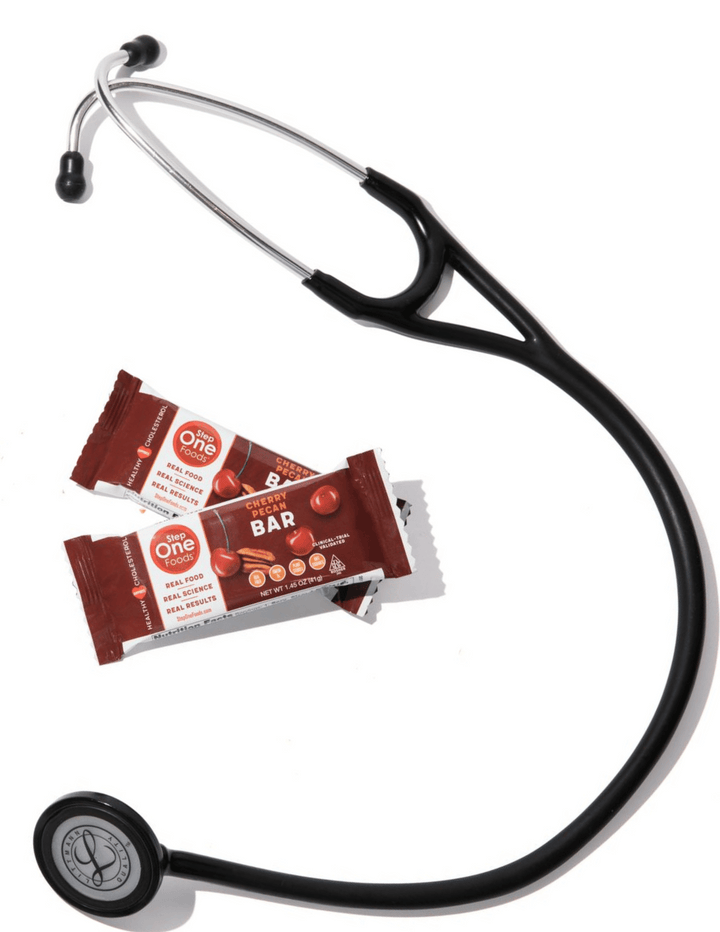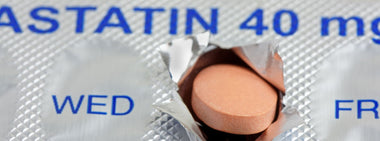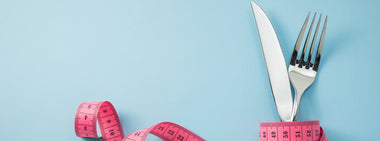Cholesterol absorber or cholesterol producer...which one are you?

LDL (bad) cholesterol levels in the blood are determined predominantly by two very different biochemical pathways. And depending upon which one is dominant in you will determine how well you respond to a medication or food intervention for cholesterol lowering.
At one extreme are pure cholesterol producers. This tends to include people with familial hypercholesterolemia. Their livers, specifically the HMG-CoA reductase pathways in their livers, are primed to produce cholesterol. No matter what the inputs are, no matter how pristine the diet, how much people exercise or how thin they are, their LDL levels are stubbornly unmovable – and usually high. The good news is that these individuals are typically quite sensitive to statin drugs (which are specifically designed to inhibit HMG-CoA reductase activity). Meaning that even low doses of statins can yield marked LDL cholesterol reductions in cholesterol producers.
On the other extreme are pure cholesterol absorbers. Their cholesterol levels are driven primarily by very active bile cholesterol reabsorption related to a cholesterol circulation each of us has in our bodies.
Every time we eat, the liver and gallbladder (although you don’t need a gallbladder for this) squeeze a bunch of bile into the digestive system. Bile is needed to help digest food. Bile is also very cholesterol rich. It’s one of the things we use circulating LDL to make. In fact, if you look at gallstones under a microscope, you will find that cholesterol represents a major gallstone constituent.
Now, we all need to have some bile at the ready at all times so we can digest food at a moments notice. Keeping that bile “reserve” intact can occur a couple of different ways. We can divert LDL from the bloodstream and bring it back to the liver to make more bile for the next meal. Or we can reabsorb and reuse any bile that’s not used up in the digestive process, thus “sparing” circulating LDL. In other words, if we are really efficient bile recyclers, we might not need to bring much LDL back to the liver to make bile for the next meal and our LDL levels will stay high.
Efficient bile recyclers/cholesterol absorbers will not respond to statins very well because their high LDLs are not due to excess production. Their LDLs are high due to reduced LDL consumption. Cholesterol absorbers will typically require higher doses of statins to keep their LDLs down.
But this also means that cholesterol absorbers respond really well to diets high in fiber and plant sterols because both of those dietary components prevent bile reabsorption – so that the circulating LDL that was being spared now has to be used up to make bile.
My patients often ask me if there are genetic markers to distinguish cholesterol absorbers from producers. ApoE genotypes can provide a clue (ApoE 4/4 carriers being more likely to be absorbers) but in all honesty, we don’t have a great way to predict who will respond better to statins and who will have a miraculous cholesterol reduction with food. Making it even more complicated, most people fall somewhere in between the two cholesterol pathway extremes.
But that’s why it’s always worth trying diet to see if modifying your cholesterol absorption could impact your LDL levels (or impact them further if you’re already on a statin). It’s safe to do, the effects on cholesterol can be seen quickly, and the dietary changes required have the potential of rewarding you with many benefits beyond cholesterol lowering.
Step One Foods was created to address the cholesterol absorption portion of your cholesterol metabolism – making it really easy to test if that mechanism is significant in you (in as little as 30 days). So if you haven’t started cholesterol medications yet, or are on medications but your LDL is still too high, Step One can help you figure out if cholesterol absorption is a significant pathway in you.
You might be pleasantly surprised.

Tested & Proven Results.
- Cardiologist formulated
- Supported by over 500 publications
- Clinically-proven, in a double-blind randomized trial with Mayo Clinic and The University of Manitoba
80% of participants lowered their cholesterol in just 30 days. With just two servings per day, Step One Foods offers a proven-effective way to naturally lower LDL (bad) cholesterol.
Get heart health tips and articles like this, delivered right to your email.
New articles every week.
You may also like...

Insulin Resistance, Prediabetes and Type 2 Diabetes. Part 4: Un-Doing It.

You don’t need to avoid foods with cholesterol…except for these



